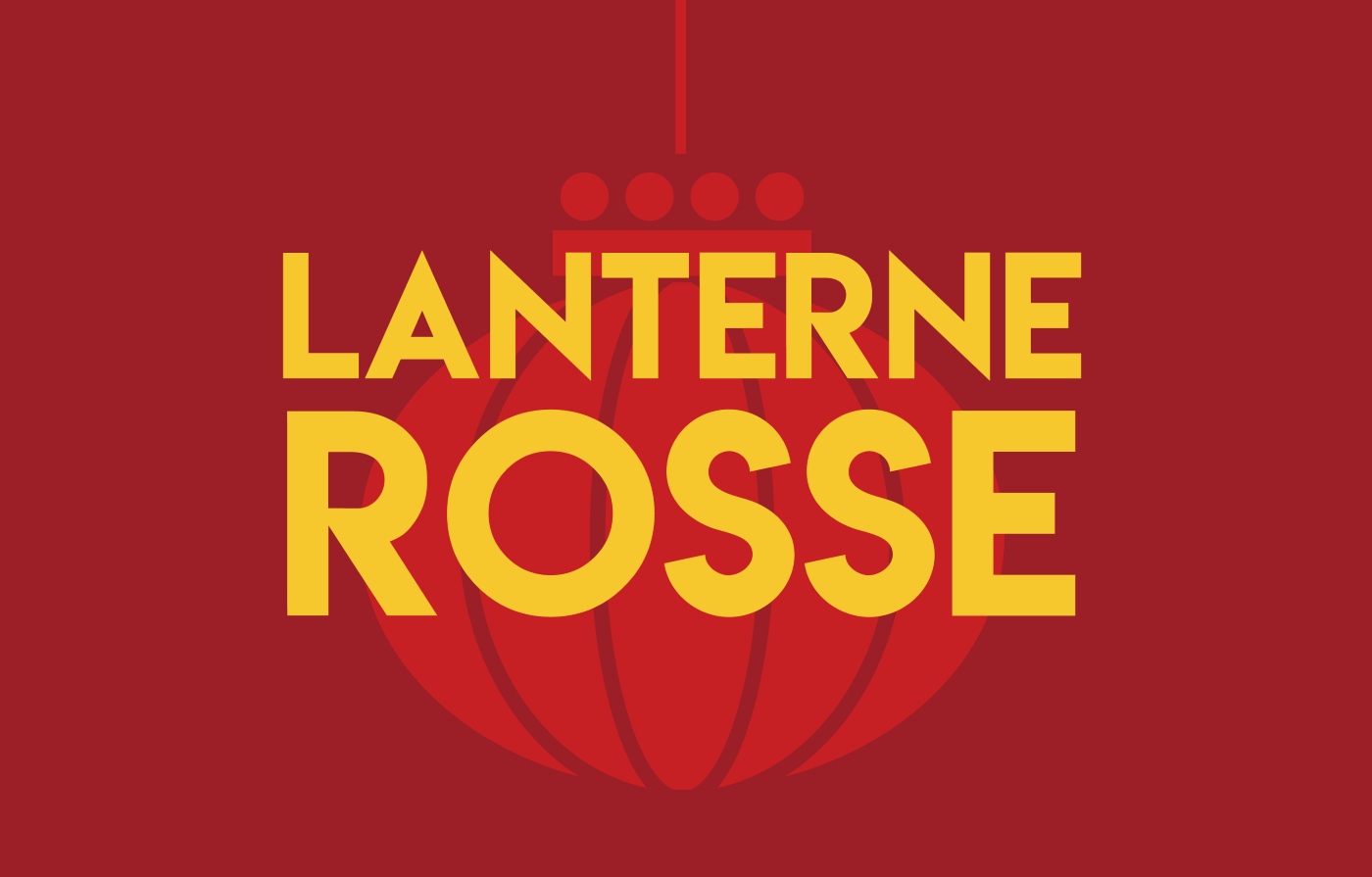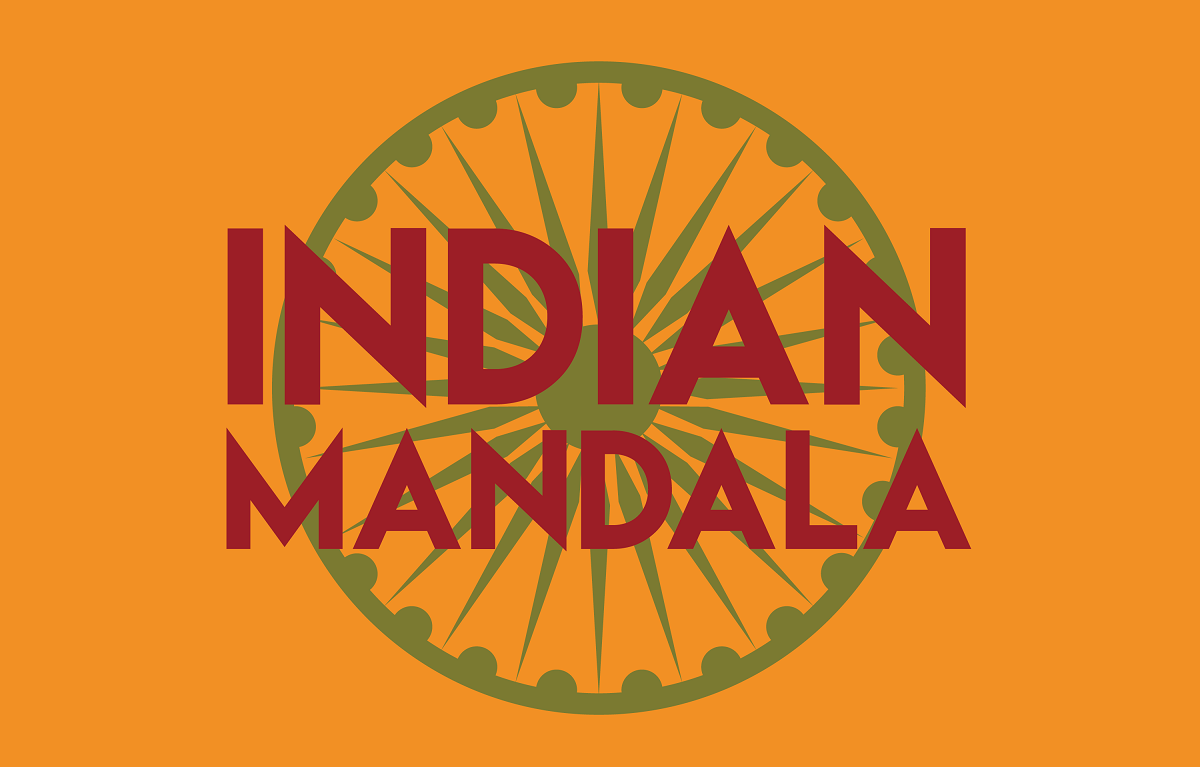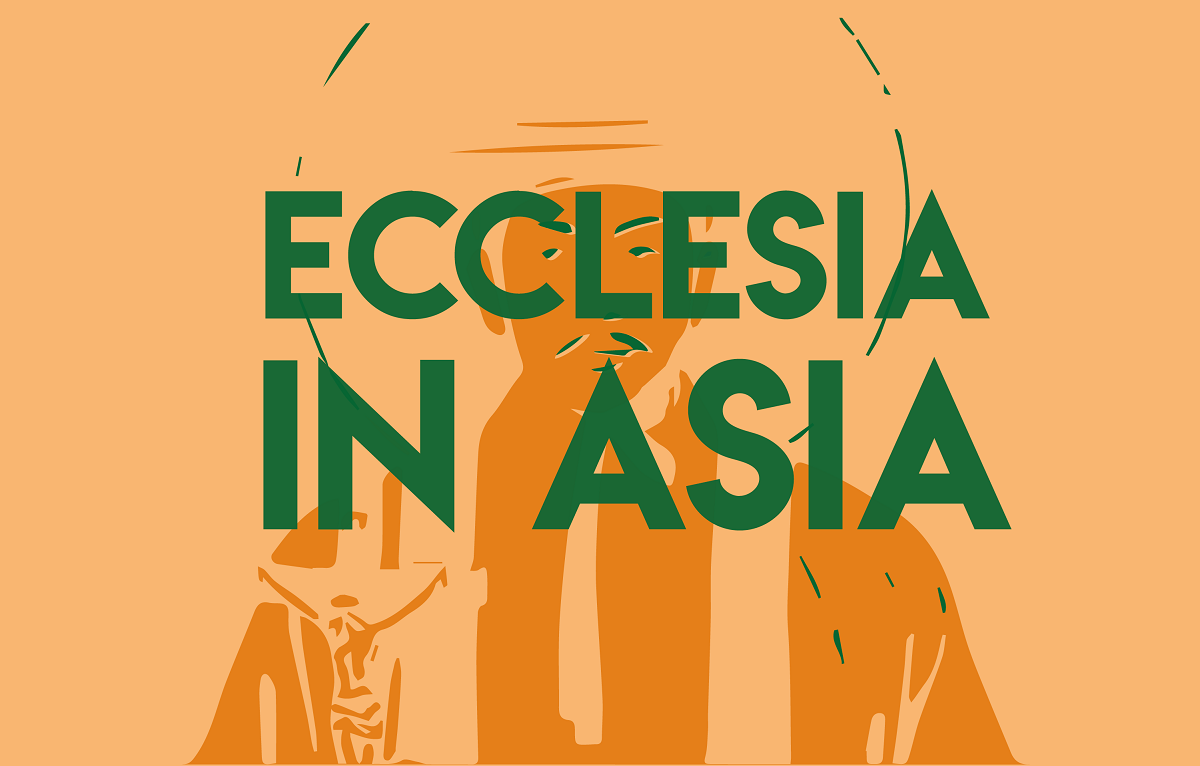Delhi's strategic choices against Trump's tariffs
Indian Prime Minister Narendra Modi has indicated the path of negotiation with Washington after the imposition of a 26% tariff on Indian exports (excluding drugs). The jewellery sector is at risk, while some say textiles could benefit in the medium term. Many economists agree that India will need economic reforms and large-scale deregulation to turn the situation into an opportunity.
New Delhi (AsiaNews) – India is among the Asian countries that have announced their intention to negotiate with the US administration led by Donald Trump to obtain a reduction in the tariffs imposed by Washington last week.
The new tariffs, equal to 26% on all Indian exports to the United States, are less severe than those applied to other partners in the region such as Vietnam (46%), Cambodia (49%) or Bangladesh (37%). However, even for Delhi the blow to the economy is likely to be significant.
For the moment, India's political response has been measured. The Ministry of Trade has announced its intention to ‘carefully evaluate the implications’ of the new tariffs and has strengthened its division responsible for trade relations with North America, with the objective, as announced yesterday, of reaching a bilateral agreement that will allow more favourable conditions to be obtained in the medium term.
Economists have revised India's real growth forecast downwards to 6.1%, while government officials are still aiming for figures between 6.3% and 6.8% for the 2025–26 fiscal year.
The Ministry of Finance has already received four to five proposals from the Ministry of Commerce to support export industries, including an extension of the interest subsidy programme, diversification aid and an increase in bank credit.
In 2019, when Trump revoked India's preferential partner status, Delhi reacted by imposing new tariffs and US officials deemed the subsequent Indian concessions insufficient.
In February, Prime Minister Narendra Modi changed tactics, seeking to prevent the imposition of tariffs with a series of preventive concessions, such as the unilateral reduction of import duties on certain US goods and promises of increased purchases in the energy and defence sectors. Yet even these moves do not seem to have been enough.
The United States is one of the main destinations for Indian exports, which represent about 18% of India's outgoing trade. The impact of Trump's tariffs on India could be about billion or up to 0.9% of GDP, according to an estimate by Emkay Global.
While the pharmaceutical sector has been exempted from the new tariffs – 40% of all generic medicines consumed in the United States come from India – the gems and jewellery sector, the third largest in terms of value among exports to the United States, is expected to be particularly affected.
This is a sector that generates millions of jobs and exports around 32 billion dollars annually, of which almost a third (10 billion) goes to the USA. The new tariffs could cause a sharp drop in demand, hitting small exporters hard, who are already struggling with weak demand from China, a general increase in inflation and the devaluation of the rupee (which, despite favouring exports, is an obstacle for small producers).
India is also home to 15% of Apple's global production and several economists have stated that Trump's tariffs come at a ‘terrible’ time for the Indian economy, which was experiencing a certain amount of growth.
According to the Wall Street Journal, Apple intends to send more iPhones from India to the United States to compensate for the high cost of Chinese duties, a ploy in the hope of obtaining an exemption from duties as happened during Trump's first term.
The most optimistic visions suggest that India could exploit the situation to its advantage in the clothing sector, given that other Asian countries exporting textiles to the United States have been subject to tariffs of over 30%.
Until now, India had been behind Bangladesh in terms of textile exports: in 2024, India sent approximately 4.2 billion dollars worth of clothing products to the United States, compared to 7.34 billion dollars from Bangladesh.
The current realignment of costs could favour a recovery: the data from January 2025 show an increase of 11.5% compared to January 2024, when exports had already grown by 7.6% compared to the previous year. However, a productive reallocation from other Asian countries requires time, investment and adequate industrial capacity, all of which only increase uncertainty about the future of the sector.
The possibility of turning a threat into an opportunity may therefore depend on India's ability to address the structural challenges that have so far held back its competitiveness. India has in fact maintained strongly protectionist economic policies.
If India were to agree to immediately reduce tariffs and other non-tariff barriers on US products, there could be realistic prospects of reducing these new taxes, according to Mark Linscott, who negotiated previous agreements between India and the United States.
At the same time, India is intensifying talks with other countries, such as the United Kingdom, New Zealand, Chile, Oman and the European Union.
And if India opens a particular sector to the United States, it is likely that other nations will also apply pressure. Experts agree that in order to move in this direction, India will need economic reforms and large-scale deregulation.
07/02/2019 17:28





.jpeg)

.png)










